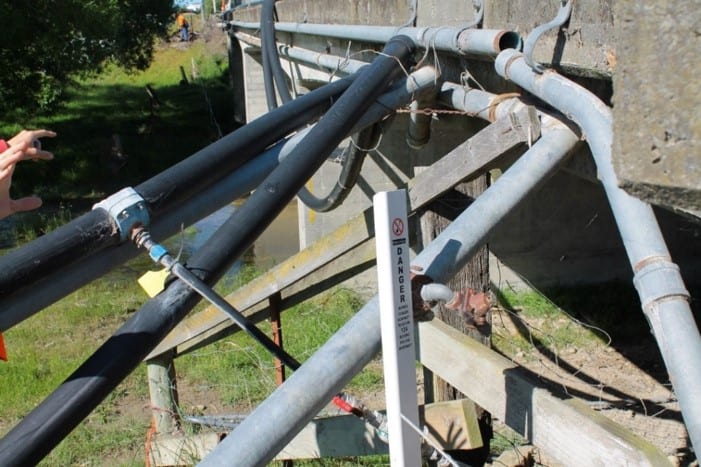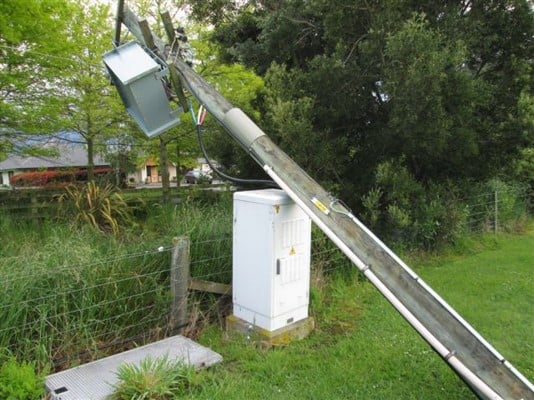How do different infrastructure networks influence one another following a natural hazard event?
04/04/2018
By Liam Wotherspoon
We rely on infrastructure networks every day. They provide us with essential services like electricity and water as well as transportation and waste collection. We are reliant on infrastructure networks to function as a society, and these networks are reliant on each other too. Following a natural hazard event this interdependency becomes even more critical. It is important to understand what essential services will be available after an event, and to do this we need to investigate how infrastructure networks influence one another.

The National Interdependent Infrastructure Model
Through collaboration between the Resilience to Nature’s Challenges and University of Oxford members of the Infrastructure Transitions Research Consortium, a model has been developed to characterise and quantify how network disruption spreads, both within each network and across into other networks.
The model quantifies the direct disruptions and the indirect disruptions due to dependencies and interdependencies across infrastructure networks.Direct disruptions are those resulting from damage within a network. Indirect disruptions to one network caused by damage to another network are a result of dependencies. Indirect disruptions where two different networks affect one another are a result of interdependencies. This model has been used to assess the potential spread of disruption for different hazard scenarios, along with identifying locations across the country that are most vulnerable to disruption.

What is an example of infrastructure dependency?
If there is damage to the electricity network at a certain point, all areas beyond this point would lose mains power – this is the direct disruption. If there is a pump station for the water supply network within the area where power has been lost, the pump can no longer function unless there is a backup power supply – this represents an example of indirect disruptions caused by the dependence of the water supply network on electricity. With the pump station affected, all areas that depend on it for supplying water will be affected.
Why is this important?
Infrastructure networks are increasingly reliant on each other and are becoming more interconnected, especially with changes in technology. Recent natural hazard events have highlighted the importance of infrastructure networks for response and recovery, and the importance of dependencies across different networks. However, dependencies are often not modelled due to their number and complexity, or simplified approaches are taken. The National Interdependent Infrastructure Model has enabled the quantification of both direct and indirect disruption across New Zealand due to natural hazard events. By quantifying these effects, the influence of pre-event investment and post-event decision making across these networks can be better assessed.

What next?
The model is a fundamental project from which other work can be linked. This will provide an improved understanding of individual networks and components of these networks, and in turn enable future improvements to the National Interdependent Infrastructure Model. We are developing approaches to assess the detailed functionality of networks, such as the power flow within electricity networks. These approaches are scalable, so regional or city scale models can be developed and linked back to the national model.



